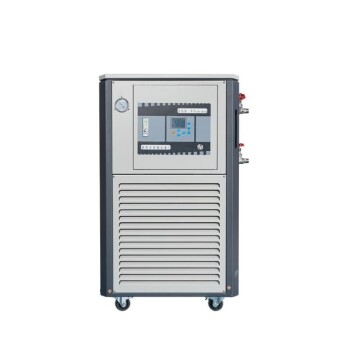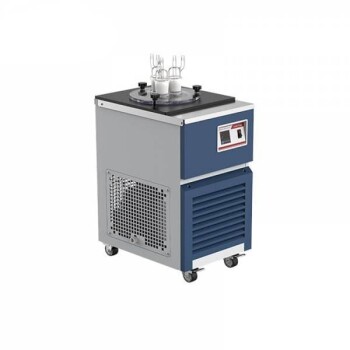Plate freezing in ultra-low temperature freezers involves placing specimens between two pre-cooled plates to rapidly freeze them. This method is particularly effective for uniform freezing of flat or bagged samples but lacks the flexibility of other freezing techniques like convection-based systems. Ultra-low temperature freezers achieve these extreme cold conditions through advanced refrigeration systems, such as cascade compressors, and robust insulation to maintain consistent temperatures as low as -86°C. While plate freezing is efficient for specific applications, its limitations in modularity and customization make it less versatile compared to other freezer designs.
Key Points Explained:
-
Mechanism of Plate Freezing
- Plate freezing utilizes two pre-cooled metal plates that sandwich the specimen, ensuring rapid and uniform heat transfer.
- This method is ideal for flat or flexible samples (e.g., blood bags) but may not accommodate irregularly shaped items as effectively.
-
Refrigeration Systems in Ultra-Low Temperature Freezers
- These freezers often employ cascade refrigeration systems, where two compressors work in series to achieve ultra-low temperatures.
- The first compressor cools the condenser of the second, improving efficiency.
- Air-cooled condensers and forced air circulation (via fans) enhance heat dissipation.
- Evaporation occurs through steel plate heat exchangers or coils inside the chamber, directly cooling the plates used for freezing.
- These freezers often employ cascade refrigeration systems, where two compressors work in series to achieve ultra-low temperatures.
-
Temperature Control and Monitoring
- Advanced systems maintain precise temperatures (down to -86°C) with minimal fluctuation.
- Features like real-time alerts and data logging ensure sample integrity by tracking temperature history.
-
Advantages of Plate Freezing
- Speed: Direct contact with cold plates ensures faster freezing compared to convection methods.
- Uniformity: Reduces ice crystal formation, which is critical for preserving cell viability in biological samples.
-
Limitations
- Inflexibility: Plate spacing is fixed, limiting storage for thicker or irregularly shaped items.
- Modularity: Lacks adjustable shelving or zoning options available in convection-based freezers.
-
Comparison to Other Freezing Methods
- Convection-based freezers use circulating cold air, offering more customization but slower freezing rates.
- Cold-wall freezers provide even cooling across shelves but may struggle with rapid temperature recovery after door openings.
For purchasers, the choice depends on sample type and workflow needs. Plate freezing excels in high-throughput labs processing standardized specimens, while labs with diverse sample types might prioritize modular designs. Have you considered how your sample volume and shape might influence this decision?
Summary Table:
| Aspect | Plate Freezing in Ultra-Low Freezers |
|---|---|
| Mechanism | Uses pre-cooled metal plates to sandwich specimens for direct, rapid heat transfer. |
| Best For | Flat or bagged samples (e.g., blood bags); less effective for irregular shapes. |
| Temperature Range | Achieves and maintains temperatures as low as -86°C with minimal fluctuation. |
| Key Advantages | Faster freezing, reduced ice crystal formation, and uniform cooling for sample integrity. |
| Limitations | Fixed plate spacing; lacks modularity for thicker or irregular specimens. |
| Alternative Methods | Convection-based freezers (slower but more flexible) or cold-wall freezers (even cooling, slower recovery). |
Optimize your lab's freezing process with the right equipment!
At KINTEK, we specialize in ultra-low temperature freezers and lab solutions tailored to your sample needs. Whether you require high-throughput plate freezing or flexible modular designs, our experts can guide you to the ideal setup. Contact us today to discuss how we can enhance your lab's efficiency and sample preservation.


















